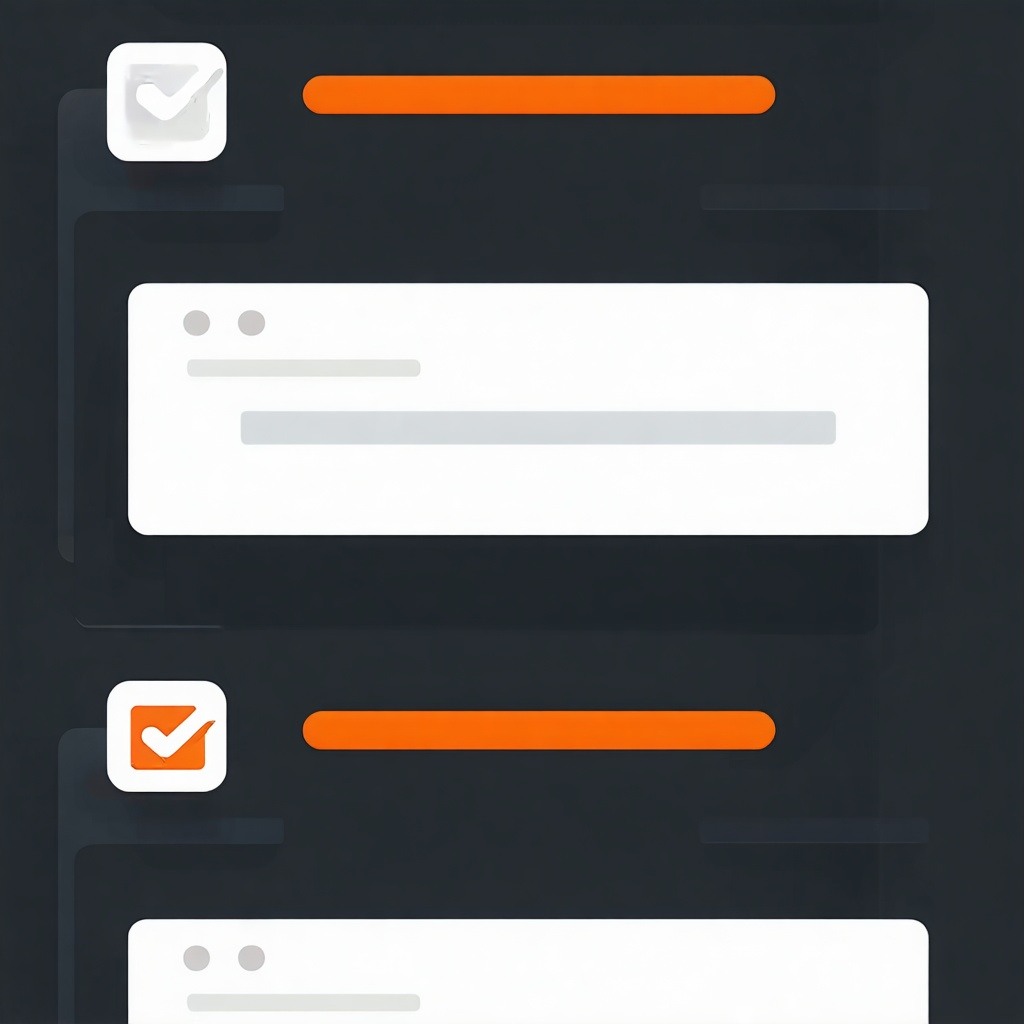
From 3D Artist to Marketing Coordinator – My Internship Journey at TeQflo
Apr 14, 2025 8:38:36 AM
Hi! My name is Frida Wiklund, and I am currently in my last semester at Medieinstitutet, studying to become a Marketing Coordinator. A key part of...
Here we will discuss the absolute minimum that you and your C0 drone need to fly in open category A1.
Relax, it will all make sense in the end.
A drone can be a fun hobby for a private individual or a useful tool for a company. The rules surrounding drones can however seem complex and opaque. Where can we fly, how may we fly, what can we fly and who needs to be informed that we are flying? A lot of information is available and sometimes in conflict so what is the deal?
Basically, any flight with a drone can be divided into one of 3 categories: open, specific, and certified. This post will assume that we are trying to keep ourselves within the open category and avoid all the demands that are placed on a drone operator who wishes to fly in the certified or specific category. There is enough to discuss about the open category as is.
Think back to the word drone operator, time for a bit of terminological distinction. A drone operator is a person or organisation that has responsibility for one or more flights and that these are conducted in an appropriate manner. The person flying the drone is a drone pilot and is always a person. An operator can, naturally, be a drone pilot but this need not be the case, a drone operator can maintain responsibility for multiple drone pilots.
Back to our 3 categories; open, specific, and certified. To fly a drone in the open category places demands on the flight itself, the drone, and the pilot.
The first thing to think about when we initiate a flight is what type of airspace we will be flying in. In Sweden there are two categories of airspace C-air which is controlled, often around airports, and G-air which is uncontrolled. Luftfartsverket (LFV) has on its website a map[1] the shows the status of the airspace you might want to conduct a flight in. When we are conducting a flight in G-air in the open category the rules for the open category state that our drone may have a max altitude of 120m and must be kept within visual range.
So, that’s that, up up and away? Well, no. Back to the open category where we can now introduce its three subcategories A1, A2, and A3 these limit how we fly and what we can do during our flight. The list can be made long and complex but the basics:
A1: Can fly close to individuals in a limited capacity.
A2: Keep a distance of 30m to humans.
A3: Keep a distance of 150m to residential, business, industrial, and recreational areas.
For more details its heavily recommended to visit Transporstyrelsens website[2].
How do we know which of these A categories that apply to us? For that we will have to look to our drone.
2023, a year we will not soon forget, King Charles III was crowned King of the United Kingdom, Barbenheimer was going strong at the box office, Elon Musk got approval to start inserting implants into peoples’ brains, and drones released on the market as of the 31 of December 2023 were excluded from the new EASA regulations. All equally valid and memorable events.
For all of us buying our drones in 2024 and forwards however the rules stipulate that all drones must come with a C-classification which ranges from C0 to C6. Of these C0 to C4 are allowed to fly in the open category if surrounding requirements are met. Its important to note that if your C0 drone has a camera then the drone operator will need to register at Transporstyrelsen[3], attain a registration number and display this number on the body of the drone as you must for the higher categories of drones. As a drone pilot for a C0 class drone, with or without a camera, you should also carefully read the instructions for your drone[4].
A homemade drone <250g or a drone which entered the market as of the 31 of December 2023 <250g with a camera are still subject to the requirement for operator registration. They are however allowed to fly in category A1.
Well then, C-classifications and A-categories:
CO-C1 = A1
C2 = A2
C3-C4 = A3
Having a drone that is rated C0 with a camera allows us to fly in the A1 category but there are still some requirements related to the operator.
Transportstyrelsens webpage lists two possible requirements for being a remote pilot in the open category: registering as a drone operator, or flying for a valid operator, and taking “drönarkortet” (The Drone Card).
Who should register as an operator? To translate from Transporstyrelsen:
If one of these points describe your drone you should register as an operator. Possible exceptions are if you fly your drone indoors, cable operated model aircrafts, certain drones that are anchored to the ground with a max 15m long cable and drones that are classified as toys. To be eligible as an operator you need to be at lest 18 years of age and a Swedish resident.
The Drone Card is required for everyone that wants to be a drone pilot in the open category and fly a drone of class C1 or higher. The minimum age för being a lone drone pilot is 15 but a 14-year-old, or younger, accompanied by someone over 15 both holding valid drone cards can still act as a pilot.
Yes, but… Remember that if you want to fly your drone and take pictures of our beautiful Swedish nature or beautiful Swedish seas and intend to share these you might need to apply för a “spridningstillstånd” (dissemination permit) from Lantmäteriet for land and Sjöfartsverket for the sea. For beautiful foreign nature or sea, please inquire with relevant local authorities.
Our sources:
- https://daim.lfv.se/echarts/dronechart/
- https://www.transportstyrelsen.se/sv/luftfart/luftfartyg-och-luftvardighet/dronare/dronarkort-och-utbildning/
- https://www.transportstyrelsen.se/sv/luftfart/luftfartyg-och-luftvardighet/dronare/registrering-av-operator/
- https://www.easa.europa.eu/en/domains/civil-drones-rpas/open-category-civil-drones

Apr 14, 2025 8:38:36 AM
Hi! My name is Frida Wiklund, and I am currently in my last semester at Medieinstitutet, studying to become a Marketing Coordinator. A key part of...

Apr 7, 2025 9:00:00 AM
In a previous blog post, I highlighted benefits of a CRM system in the manufacturing industry. TeQflo has clients from various industries and today I...
